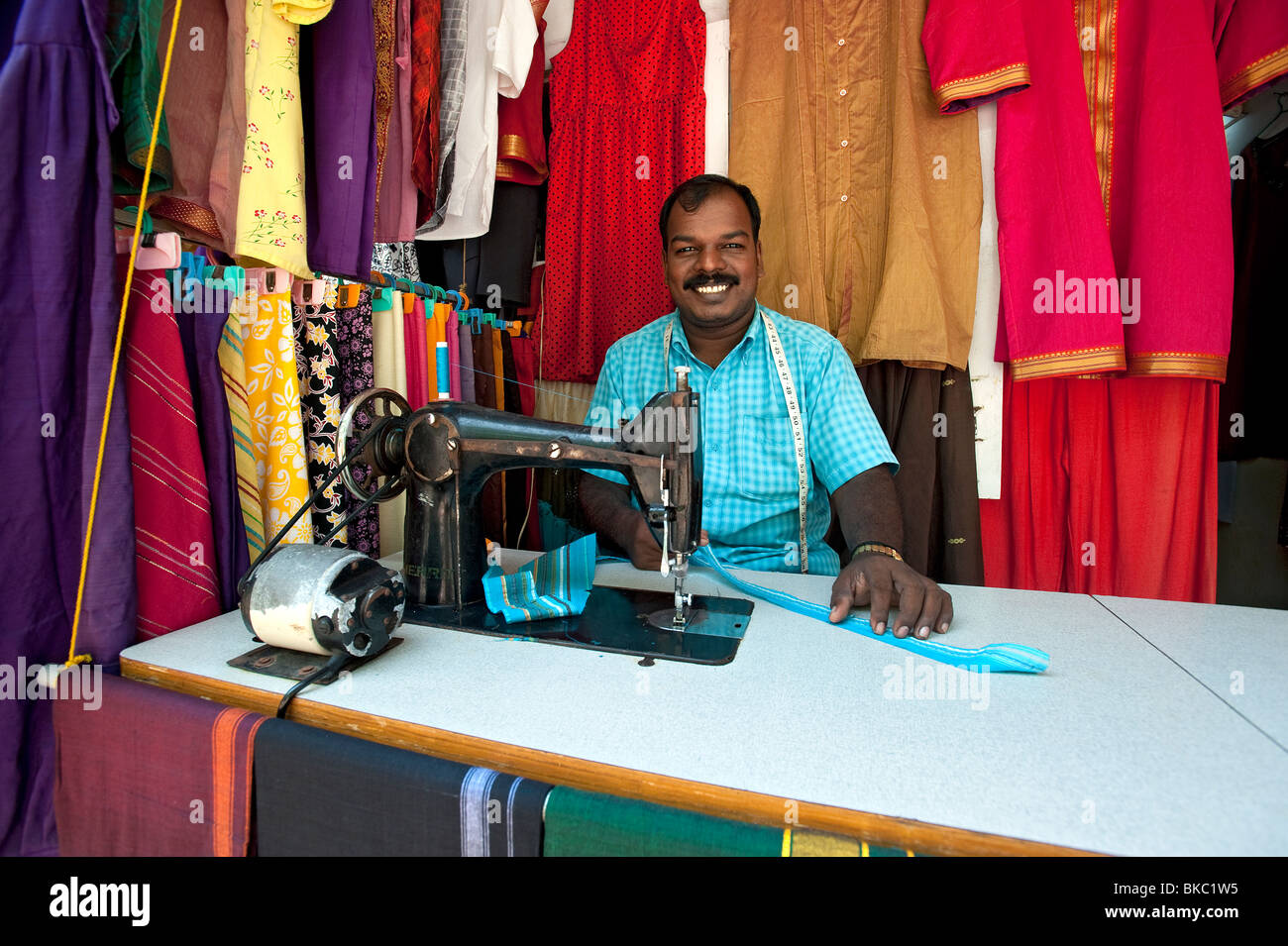Transform Your Look with Tailor Perth: Personalized Tailoring Services
Transform Your Look with Tailor Perth: Personalized Tailoring Services
Blog Article
Understanding the Tailoring Refine: From Material Choice to Final Fitting for the Ideal Wardrobe
The customizing process is a complicated interplay of art and science, beginning with the critical decision of textile option and finishing in the specific modifications of last installations. Each material type brings distinct qualities that affect not just the aesthetic charm but additionally the garment's long life and viability for various events. Comprehending the nuances of tailoring strategies can raise one's closet to unprecedented degrees of elegance. As we explore these aspects even more, one need to consider just how even the smallest details can substantially affect the overall end result of one's personal design.
Importance of Material Choice
Picking the best material is crucial in the tailoring procedure, as it directly influences the convenience, sturdiness, and total visual of the final garment (tailor perth). The option of textile sets the foundation for the garment's functionality, style, and performance. Different textiles have unique homes, such as stretch, breathability, and weight, which can dramatically influence just how the garment drapes and fits the body
In addition, material choice affects the garment's durability and simplicity of care. Premium fabrics can endure wear and tear, maintaining their appearance and structure with time, while lower-quality products may result in pilling or fading. Additionally, the best material contributes to the garment's ability to transition throughout celebrations and periods, thereby enhancing versatility.
A customized item made from a suitable fabric not just showcases workmanship however also elevates the wearer's self-confidence. As a result, comprehending the subtleties of textile option is extremely important for any type of tailoring undertaking. It makes certain that the end product not just satisfies the aesthetic needs of the client yet also straightens with practical requirements, thus achieving an unified balance in between form and feature in the customized wardrobe.
Kinds of Fabrics and Their Uses
Recognizing the different kinds of fabrics readily available is crucial for making informed decisions throughout the tailoring procedure. Each fabric has unique characteristics that determine its suitability for details garments and occasions.
Cotton, recognized for its breathability and softness, is ideal for casual wear and summer apparel. Its adaptability permits it to be tailored into everything from t shirts to dresses. Woollen, on the various other hand, is preferred for its warmth and structure, making it an exceptional choice for formal fits and outerwear - tailor perth. Its all-natural flexibility assists garments keep form over time.
Silk exudes luxury and is lightweight, making it best for eveningwear and fragile shirts; however, it requires careful handling because of its frailty. Bed linen, with its textured surface, is a prominent option for warm climates, supplying a ventilated and crisp feeling, yet it wrinkles conveniently, which might affect the garment's appearance.
Synthetic fabrics, such as polyester and nylon, offer toughness and resistance to creases, making them ideal for everyday wear and energetic apparel. Recognizing these textile kinds and their buildings enables far better decision-making, ensuring that each customized item not just fits well yet also straightens with the desired function and event.
The Tailoring Methods Described
The art of tailoring relies on a variety of strategies that change material into well-fitted garments. Central to this process is pattern composing, where a tailor produces themes based upon the client's use this link measurements and wanted style. This initial step makes sure that the garment will fit the user appropriately before any kind of reducing occurs.
Once patterns are developed, cutting strategies enter play. Accuracy is vital as mistakes can cause misfitting garments. Tailors frequently make use of different cutting approaches, such as single-layer cutting for detailed styles and multiple-layer cutting for efficiency on standard patterns.
Basting is an additional important strategy, enabling dressmakers to temporarily sew Learn More fabric assemble for an initial installation. This approach offers the chance to evaluate the drape and total silhouette before final sewing.
Seaming techniques, consisting of flat-felled seams and French seams, improve the garment's sturdiness and visual appeal. Tailors likewise employ methods such as interfacing and extra padding to provide framework and form to details areas, like shoulders and collars.
Finally, ending up techniques, including hemming and edge completing, make certain the garment's longevity while supplying a sleek look. Together, these methods create the foundation of efficient tailoring, leading to exquisite, tailor-made apparel.
Suitable Changes and Considerations

Trick considerations consist of the shoulder fit, which needs to neither droop nor restrict movement, and the sleeve size, which ought to enable comfy arm movement while keeping a sleek appearance. In addition, modifications at the waistline can fine-tune the silhouette, with options to allow out or take in material as needed.
The rise of pants is one more critical element; it should sit pleasantly over the hips without causing pain, permitting convenience of motion. Hemming sizes for both pants and skirts need to show the wearer's preferred design while appreciating percentages.

Keeping Your Tailored Wardrobe
Proper upkeep of tailored garments is necessary to preserving their fit and appearance in time. To guarantee durability, routine cleansing is extremely important. Always adhere to the care label guidelines, which might recommend dry cleaning for delicate textiles or maker washing for even more long lasting materials. Avoid frequent laundering, as this can use down the material and modify the garment's shape.
Storage space is similarly crucial; usage padded wall mounts for jackets and layers to keep shoulder framework, and shop pants folded up nicely or hung to avoid creasing. Protect garments from i was reading this direct sunlight, which can fade colors and damages fibers.
Additionally, periodic assessments for minor repair services can protect against larger concerns. Inspect for loosened buttons, fraying seams, or indications of moth damages, resolving these troubles immediately to maintain the garment's integrity.
Last but not least, take into consideration seasonal rotation. Putting on tailored pieces in moderation enables fabrics to recover, expanding their life-span. By carrying out these maintenance techniques, you can ensure that your customized garments remain as immaculate as the day you first used them, improving your ideal closet for years to find.
Conclusion
The customizing process, including fabric option, competent methods, and precise suitable changes, plays a critical function in developing garments that enhance both comfort and design. Each phase adds to the general performance of the final product, ensuring that garments not just fits well but additionally mirrors individual identification. Moreover, comprehending the value of upkeep extends the life of tailored garments, solidifying their worth in a well-curated closet. A detailed approach to tailoring culminates in a refined and positive look.
Selecting the best material is important in the tailoring procedure, as it straight influences the convenience, resilience, and overall aesthetic of the last garment. The selection of material establishes the structure for the garment's style, efficiency, and performance. Different fabrics have unique buildings, such as breathability, weight, and stretch, which can considerably impact just how the garment drapes and fits the body.
The art of tailoring counts on a range of techniques that transform material right into well-fitted garments.The tailoring procedure, incorporating textile selection, competent techniques, and accurate fitting changes, plays a vital duty in developing garments that boost both comfort and style.
Report this page